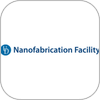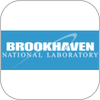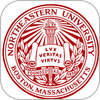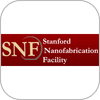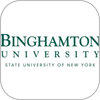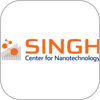The UD Nanofabrication Facility (UDNF) will enable researchers in academia, industry and government to create devices smaller than a human hair, supporting scientific advances in fields ranging from medical diagnostics to environmental sensing to solar energy harvesting.
Capabilities
The UD Nanofabrication Facility (UDNF), part of the research wing of UD’s Patrick T. Harker Interdisciplinary Science and Engineering Laboratory, has world-class capabilities in the areas of deposition, etching, lithography, material modification and characterization.

